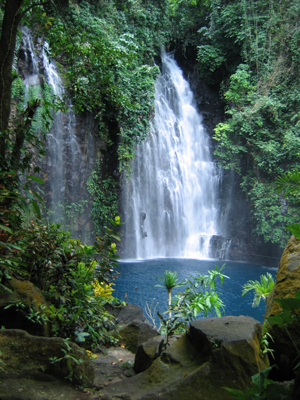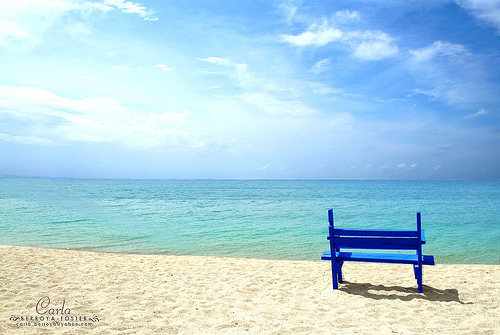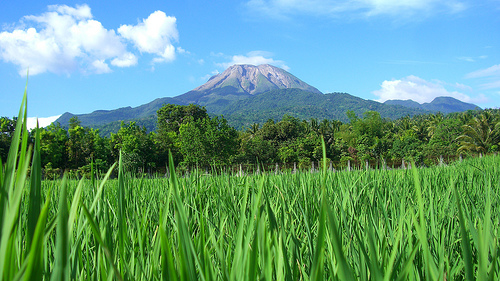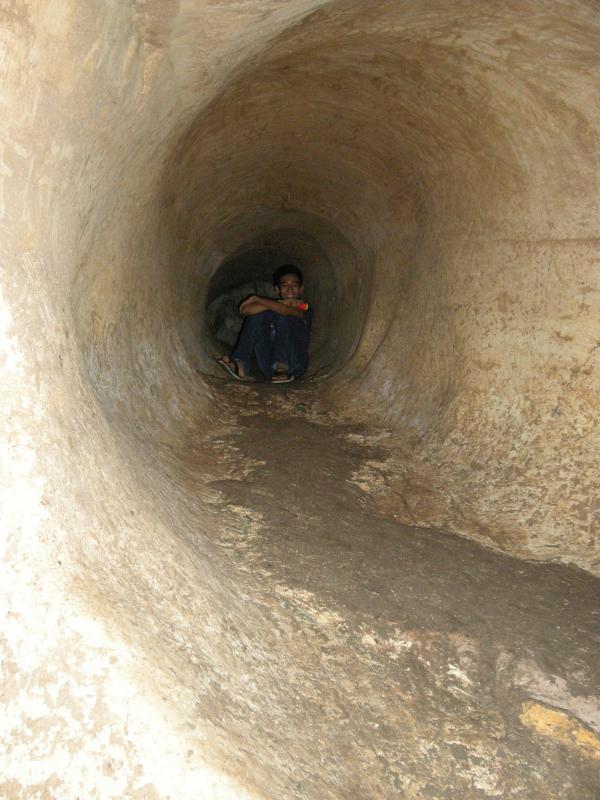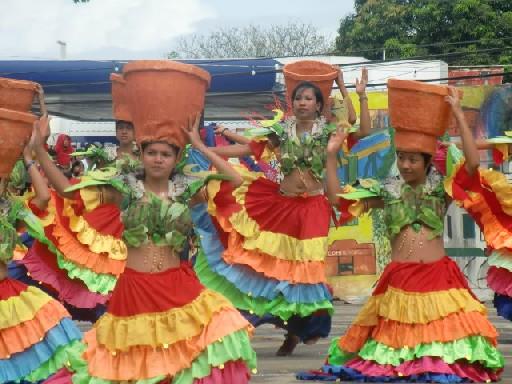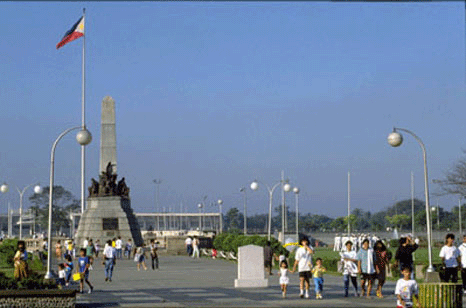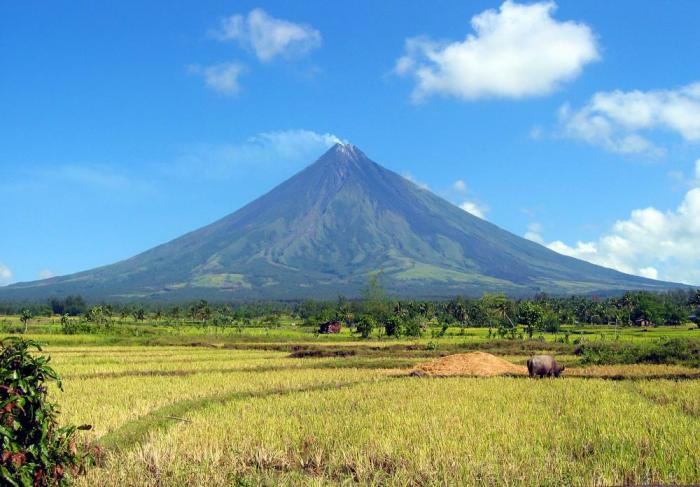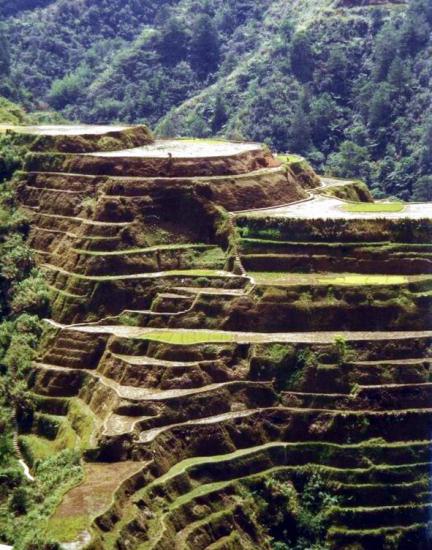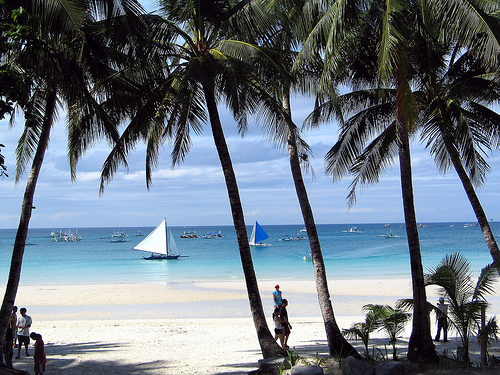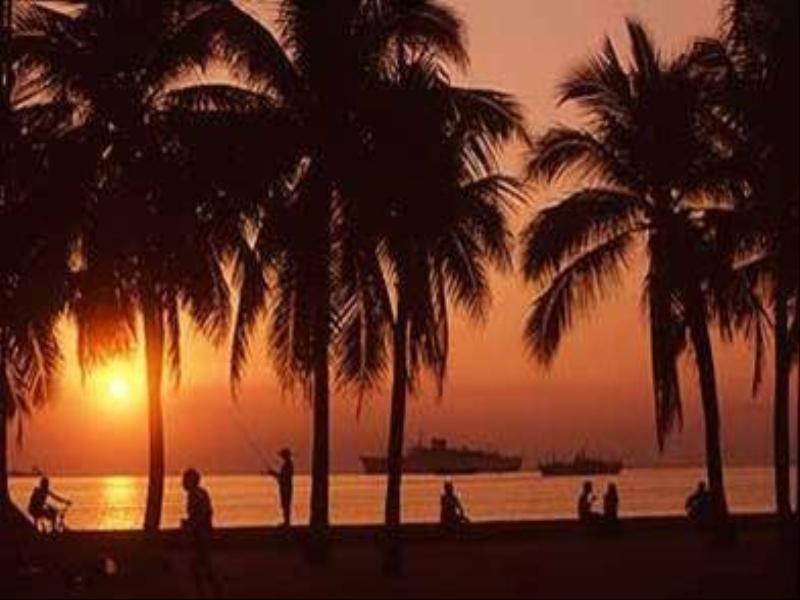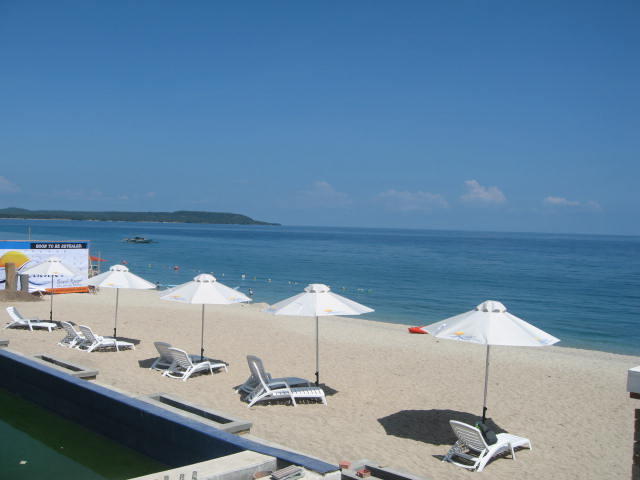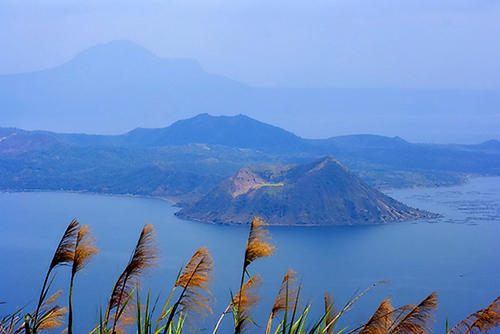Posts Tagged ‘scenic views’

APAYAO
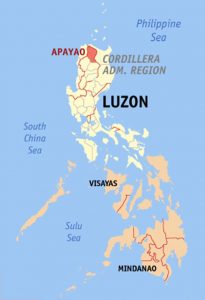 By Eugene Alvin Villar (seav) – English Wikipedia, CC BY-SA 3.0, https://commons.wikimedia.org/w/index.php?curid=244778
By Eugene Alvin Villar (seav) – English Wikipedia, CC BY-SA 3.0, https://commons.wikimedia.org/w/index.php?curid=244778
Apayao is a landlocked province of the Philippines in the Cordillera Administrative Region in Luzon. Its capital town is Kabugao. Even during pre-Hispanic time when the provice was still the old Mountain Province, Kabugao was already the recognized as the capital of the then sub-province of Apayao. It borders Cagayan to the north and east, Abra and Ilocos Norte to the west, and Kalinga to the south. Prior to 1995, Kalinga and Apayao comprised a single province named Kalinga-Apayao, until they were split into two to better service the needs of individual native tribes in the provinces.
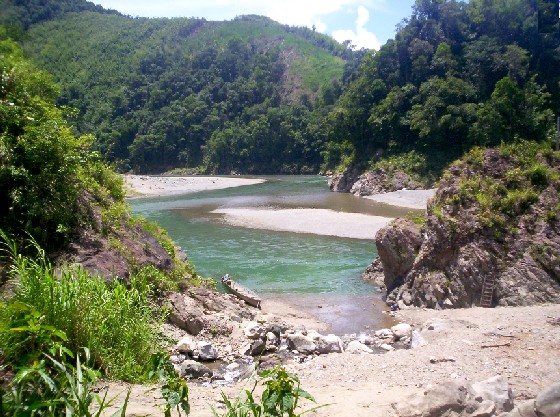 Photo from: touristspotsphilippines.com
Photo from: touristspotsphilippines.com
The Isneg, also Isnag or Apayao, live at the northwesterly end of northern Luzon, in the upper half of the Cordillera province of Apayao. The term “Isneg” derives from a combination of “is” meaning “recede” and “uneg” meaning “interior.” Thus, it means “people who have gone into the interior.” In Spanish missionary accounts, they, together with the Kalinga and other ethnic groups between the northern end of the Cagayan Valley and the northeastern part of the Ilocos, were referred to as “Los Apayaos,” an allusion to the river whose banks and nearby rugged terrain were inhabited by the people. They were also called “los Mandayas,” a reference to an Isneg word meaning “upstream.” The term “Apayao” has been used interchangeably with “Isneg,” after the name of the geographical territory which these people have inhabited for ages. This is inaccurate, however, because the subprovince of Apayao is not exclusively peopled by the Isneg.
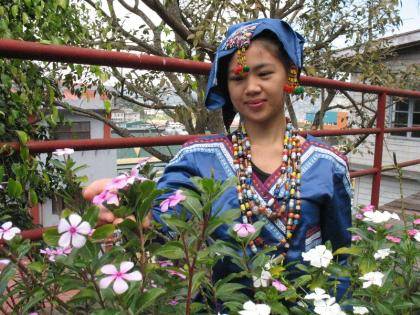 Photo from: igorotblogger.com
Photo from: igorotblogger.com
The Isneg’s ancestors are believed to have been the proto-Austronesians who came from South China thousands of years ago. Later, they came in contact with groups practicing jar burial, from whom they adopted the custom. They later also came into contact with Chinese traders plying the seas south of the Asian mainland. From the Chinese they bought the porcelain pieces and glass beads which now form part of the Isneg’s priceless heirlooms. The Isneg have been known to be a head-taking society since recorded history. The Isneg’s main staple is rice, which they have traditionally produced in abundance. This is raised through slash-and-burn agriculture. There has always been a surplus every year, except in rare instances of drought or pest infestation.
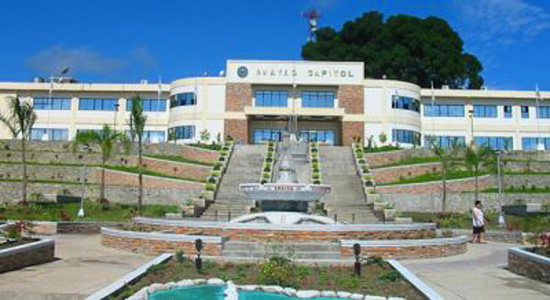 Photo from: geotayo.com
Photo from: geotayo.com
Apayao is devoted to agricultural production, particularly food and industrial crops such as palay, corn, coffee, root crops and vegetables. Main fruits produce are lanzones, citrus, bananas and pineapples. Rice production totals 42,602 metric tons annually, as food crops totals 96,542 metric tons.
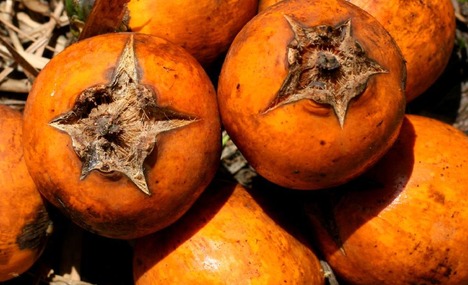 Photo from: virtualtourist.com
Photo from: virtualtourist.com
Economic activity is also based on livestock and poultry breeding such as swine, carabao, cattle, goat and sheep. Other additional investment includes manufacturing, food processing, furniture, crafts and house wares making.
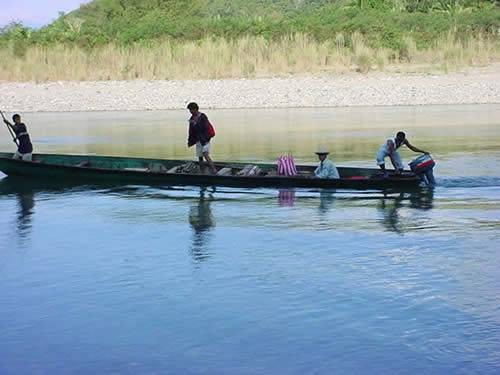 Photo from: igorotblogger.com
Photo from: igorotblogger.com
The prevailing climate in the province falls under Corona’s Type III Classification. It is characterized by relatively dry and wet seasons, from November to April, and wet during the rest of the year. Heaviest rain occurs during December to February while the month of May is the warmest.
Source: wikipedia.org
TABLE OF CONTENTS
Apayao Belongs to the Cordillera Administrative Region (CAR)
Where is Apayao and How to Get There
Activities for Fun in Apayao
Other Visitors Also Viewed:
Malajog Beach, Ridge Nature Park and Zipline In One Place
Be Amazed at the Nueva Ecija “Taong Putik” (Mud Man) Festival
Take the Day Off and Relax at the Minalungao National Park in Nueva Ecija
Palawod Festival Celebrates the Town’s Fish Bounty
Colorful and Meaningful Festivals and Events in Guimaras
Get Inside the 800-Meter Cantabon Cave Part 2
Mt. Malindig – a Popular Mountain Climb in Marinduque
The Untouched Natural Beauty of Camotes Island
Lanzones Festival – Thanksgiving Celebration for the Sweet Fruit
Come and Celebrate Aggao Nac Cagayan

